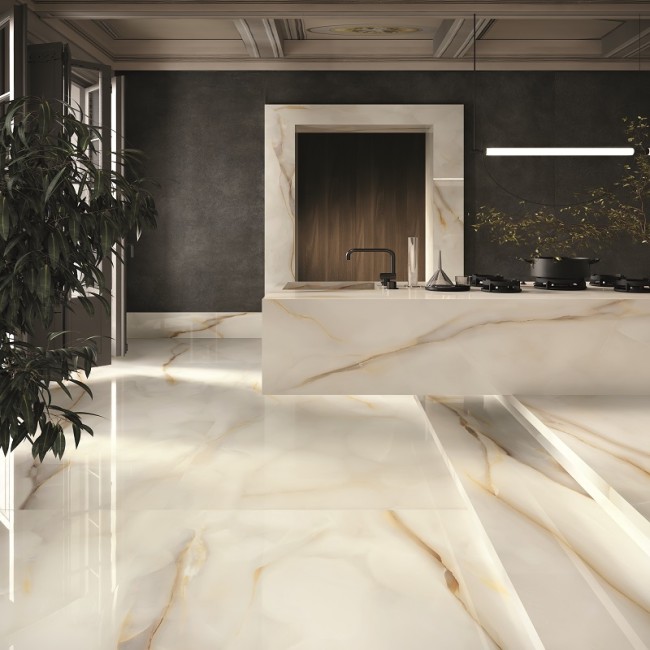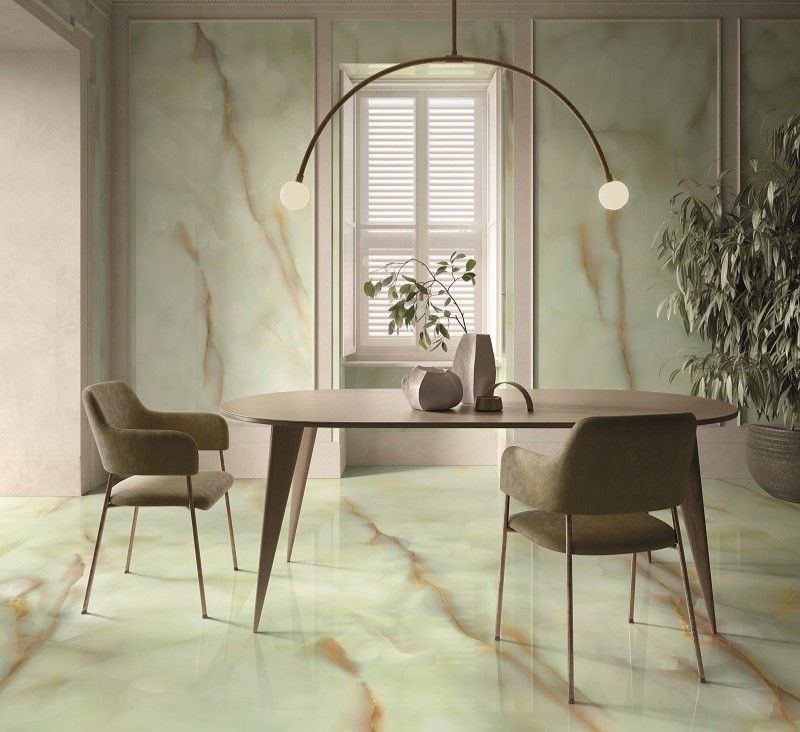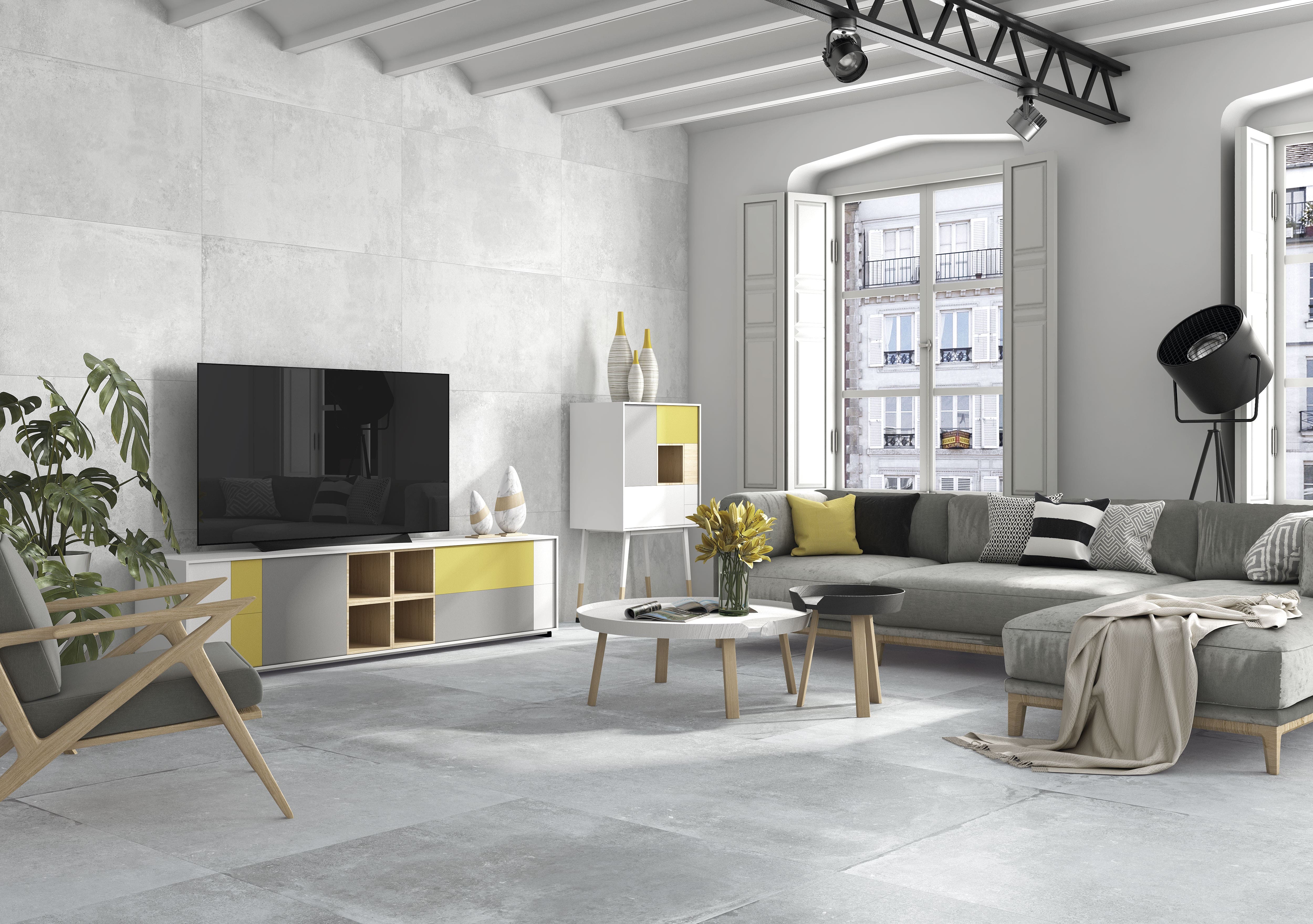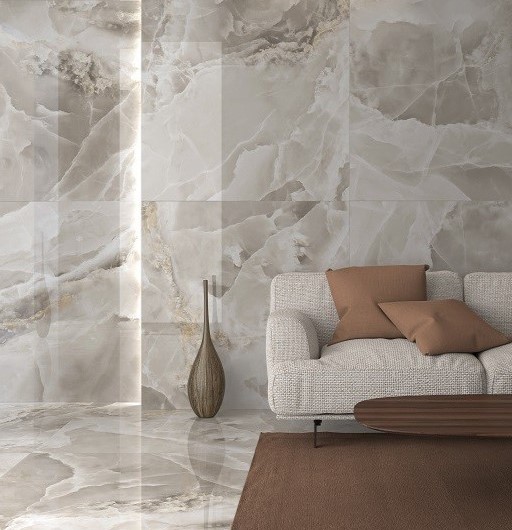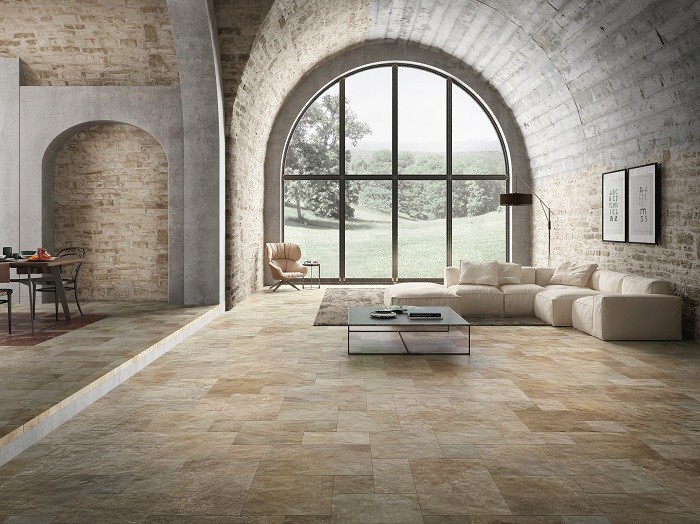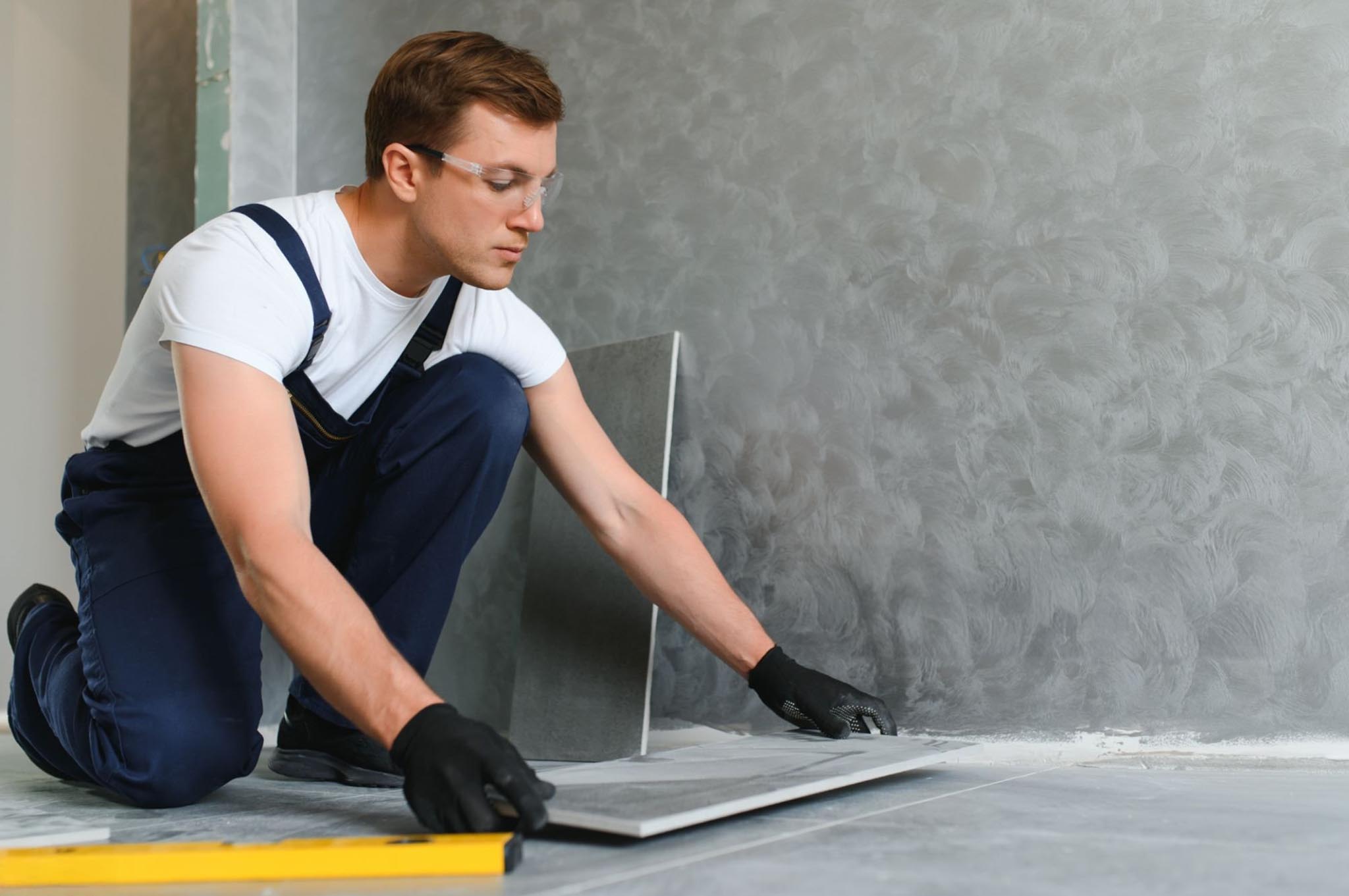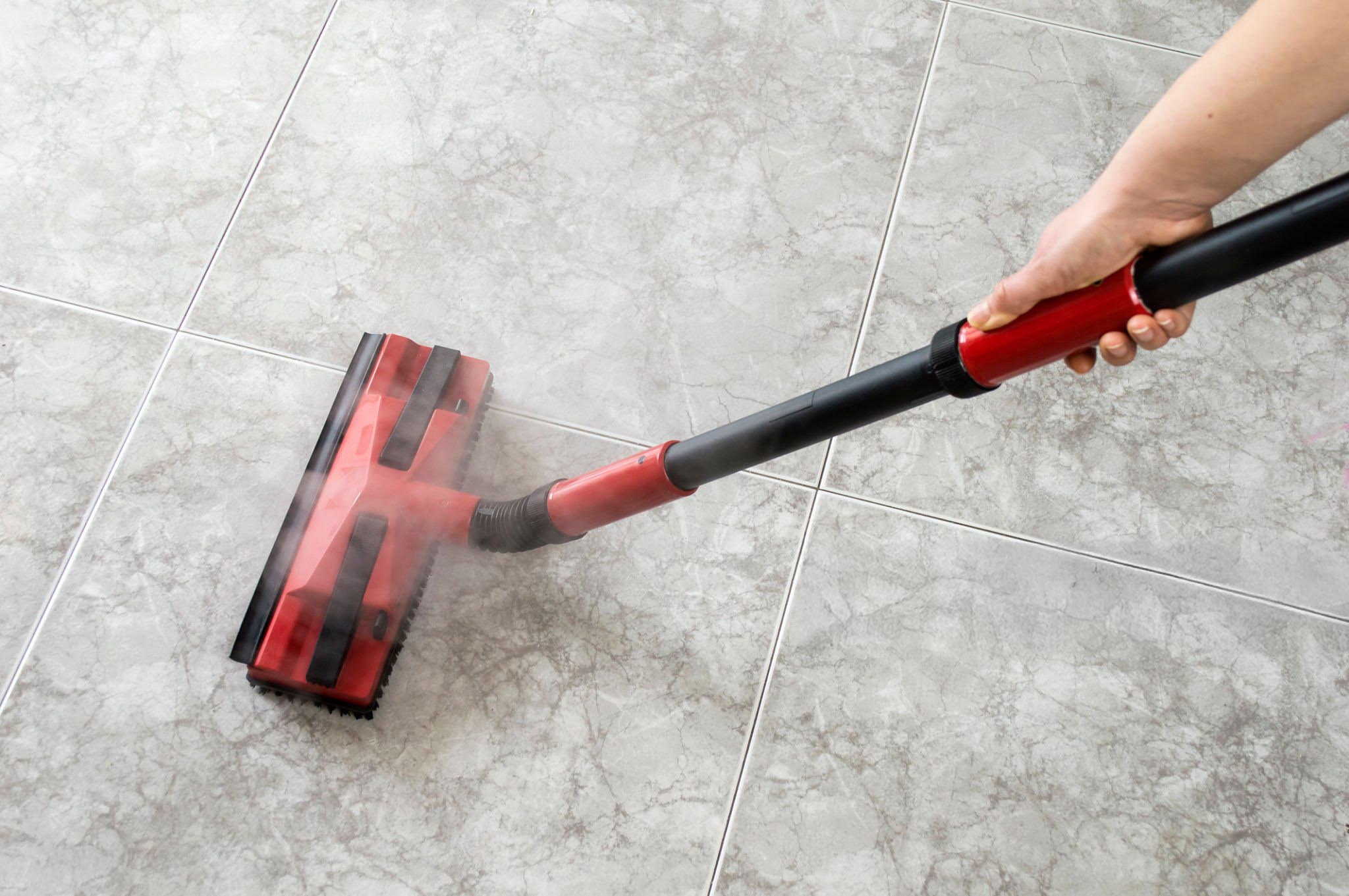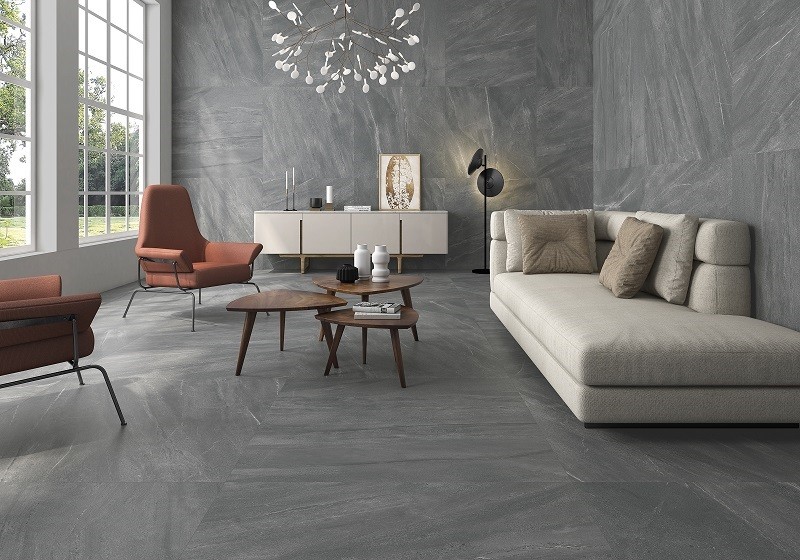Popular Styles and Where They Shine
Tiles come in various styles, each with its own distinct look and practical benefits, so it’s essential to understand where they work best. Marble, for instance, brings a sense of luxury that’s ideal for creating elegant bathrooms or impressive entryways. Known for its natural veining and soft, neutral colours, marble adds a sophisticated touch, but because it’s porous, it’s best suited for lower-traffic areas or where it won’t be exposed to excessive moisture.
If you’re drawn to the warmth and character of wood but need something more resilient, wood-look tiles are a fantastic choice. These tiles are crafted to mimic wood grain, with options ranging from light oak to deep walnut. Ideal for open-plan spaces or rooms that blend into one another, wood-look tiles are perfect for living rooms, kitchens, and even bathrooms, providing the charm of wood with the durability of tile.
Ceramic and Porcelain tiles are incredibly versatile and widely used in high-traffic areas such as kitchens, bathrooms, and entryways. Ceramic offers an affordable range of styles, while porcelain is denser and more durable, making it suitable for areas exposed to moisture. Both materials come in various patterns, colours, and textures, letting you experiment with different looks while ensuring durability and easy maintenance.

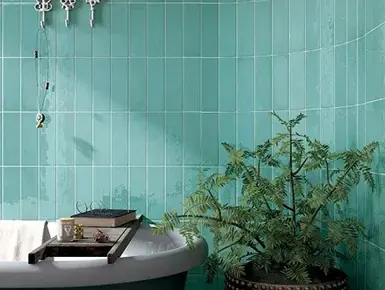
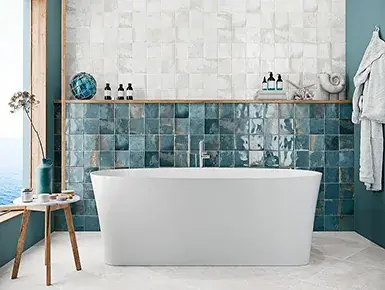
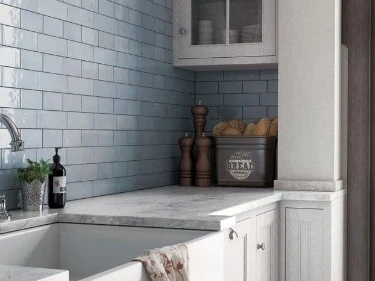
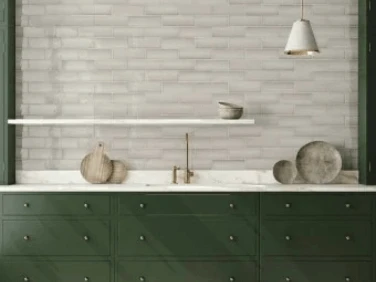
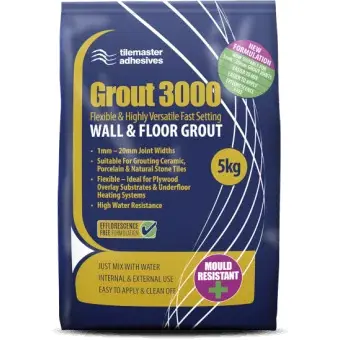
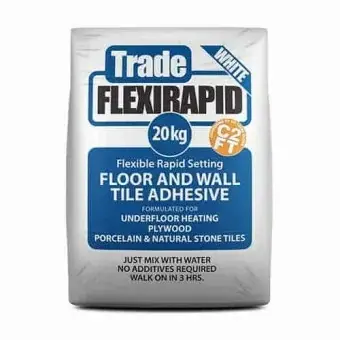








.jpg)
_1.jpg)
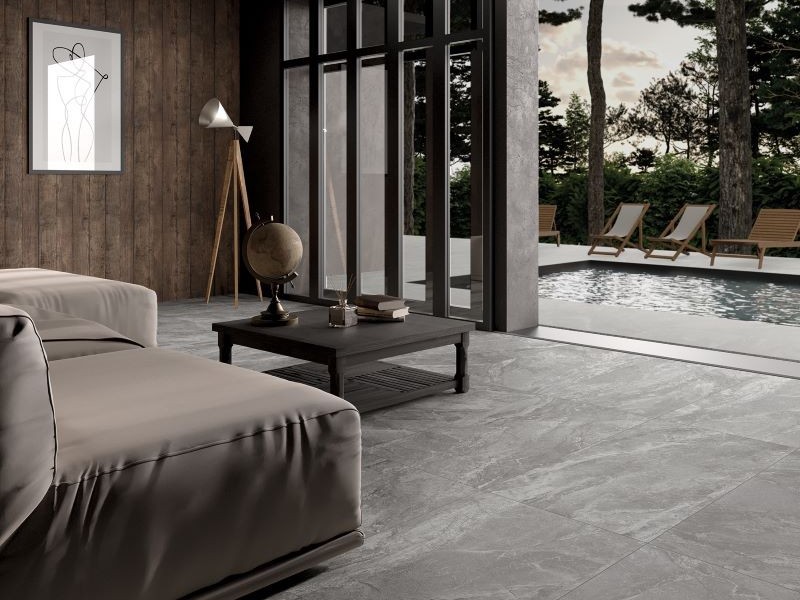
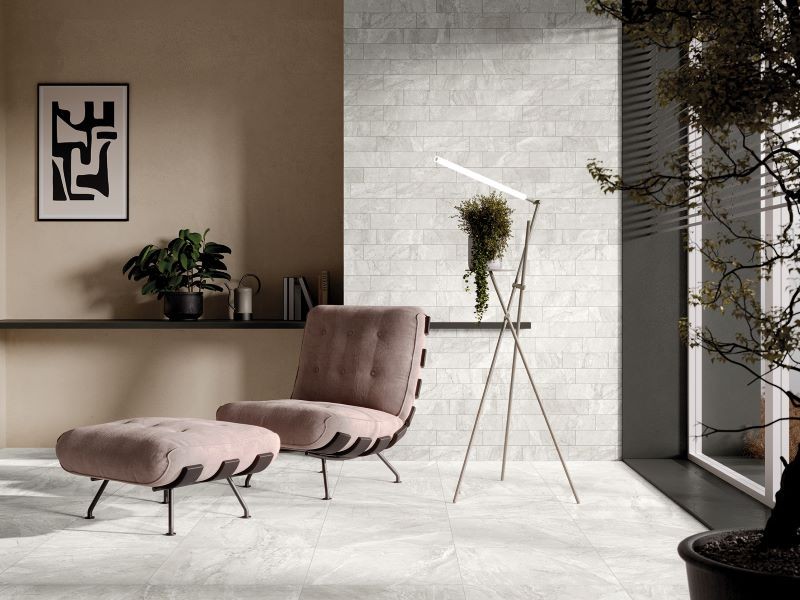
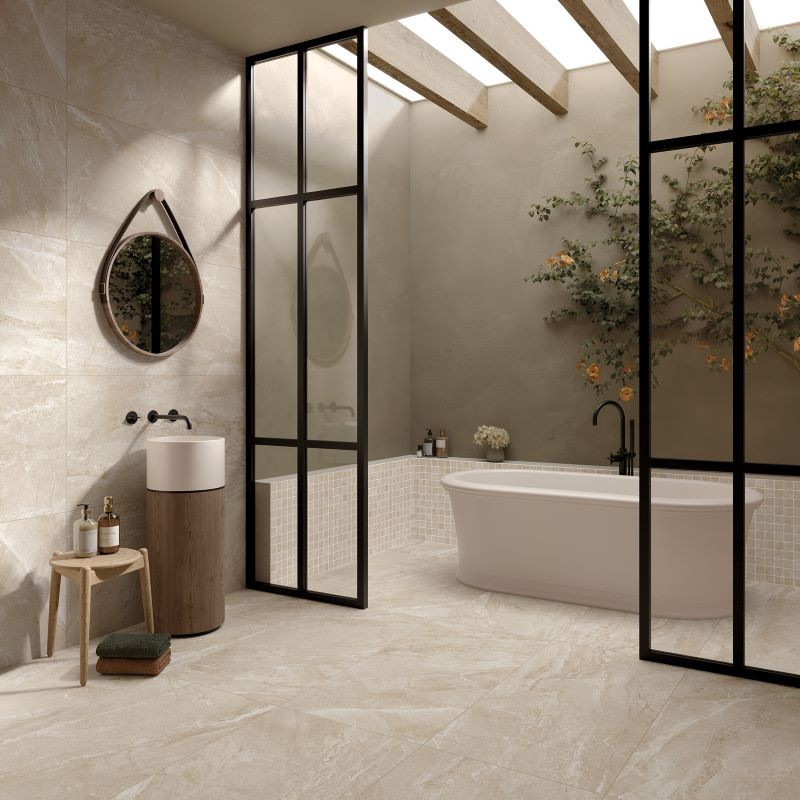
.jpg)
.jpg)
